meteoritesusa
Tenderfoot
32.1g meteorite from the Wisconsin fireball/meteorite fall that happened over Livingston, WI on April 14th 2010. I found this stone on the 9th day of my hunt in WI. It's a 100% fully fusion crusted perfectly flight oriented "nose cone" meteorite!
Eric
Eric
Amazon Forum Fav 👍
Attachments
Upvote
0


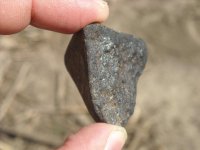
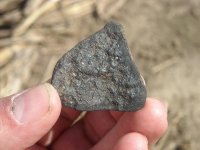
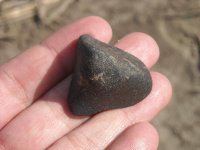
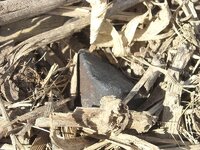





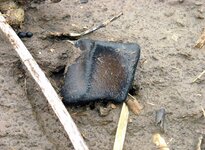
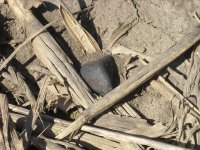


 , i would assume then a Asteroid the size of a city block traveling at 25,000 MPH when it enters Earth atmosphere would not slow down due to its size and mass ? and even if it did it probably would not matter anyway ?
, i would assume then a Asteroid the size of a city block traveling at 25,000 MPH when it enters Earth atmosphere would not slow down due to its size and mass ? and even if it did it probably would not matter anyway ?

